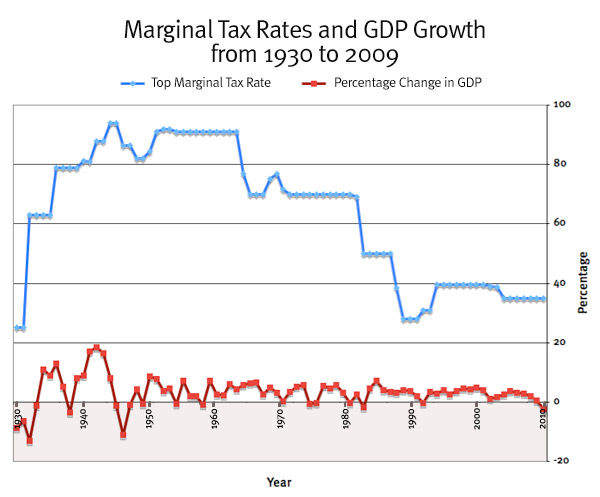Unsurprisingly, funds increased their long positions in corn while commercials sold to them. This weeks price action appears to be waiting and hoping. The bulls & funds are hoping the weather does as much damage generally as it has done in some places. However unlikely (& it is probability zero), should that be the case, we will be looking at $12 to $14 come December. The bears are hoping the rains which some of the midwest saw this week will come in just the right amounts to just the right place, only the right places and at just the right time (a week ago would have been good). If that happens (& we know it can't) December will bring prices under $4. I remain bullish but haven't found quite the right spot to get long.
In beans there is some sort of "quadruple top" babbling going on among some folks who, it seems, have limited knowledge of technical analysis. First of all, quadruple tops are nearly non-existent on daily charts, and have never been spotted on weekly or monthly charts. On five minute charts they are essentially meaningless as well as rare. Second, no such beast has been formed in beans. To confirm such a top, prices need to drop below 1230 basis November. Third, the fourth effort to break out on top is on the order of 90% to succeed, meaning from where we are, chances of going significantly higher are at least nine to one. Clearly, then, I think the price action is bullish. The CoT numbers show fairly sharp expansion of fund longs (for the the week ending Tuesday, since the government is still in the 1970s in using technology to protect the public) and a concomitant increase in commercial shorts. There is no way to put a bearish spin on those numbers.
Finally, there is last year's pack leader, this year's runt, wheat. Commercials have been taking profits in their long positions for two weeks now, selling both to funds and to independent specs who have been offsetting shorts. Try as I might, I cannot find a way to spin this as bullish. Bearish going towards neutral, maybe, but no stronger.
Check in tomorrow for crude, natural gas, bonds and guesses on the stock market
In beans there is some sort of "quadruple top" babbling going on among some folks who, it seems, have limited knowledge of technical analysis. First of all, quadruple tops are nearly non-existent on daily charts, and have never been spotted on weekly or monthly charts. On five minute charts they are essentially meaningless as well as rare. Second, no such beast has been formed in beans. To confirm such a top, prices need to drop below 1230 basis November. Third, the fourth effort to break out on top is on the order of 90% to succeed, meaning from where we are, chances of going significantly higher are at least nine to one. Clearly, then, I think the price action is bullish. The CoT numbers show fairly sharp expansion of fund longs (for the the week ending Tuesday, since the government is still in the 1970s in using technology to protect the public) and a concomitant increase in commercial shorts. There is no way to put a bearish spin on those numbers.
Finally, there is last year's pack leader, this year's runt, wheat. Commercials have been taking profits in their long positions for two weeks now, selling both to funds and to independent specs who have been offsetting shorts. Try as I might, I cannot find a way to spin this as bullish. Bearish going towards neutral, maybe, but no stronger.
Check in tomorrow for crude, natural gas, bonds and guesses on the stock market
